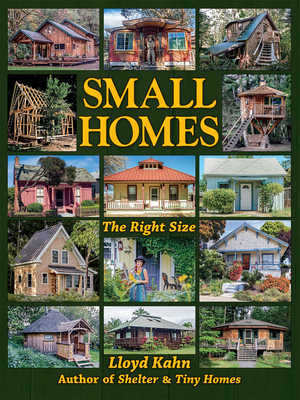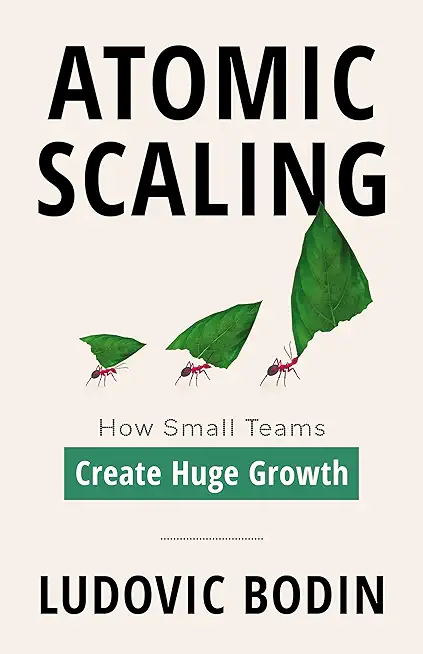
Are tiny homes too little for you? Well, small is bigger than tiny! The average American home is 2,500 square feet--that's too big. The tiny home averages 200-300 square feet--that's too little. The small homes featured here are 400-1,200 square feet--just right! American homes are getting bigger and bigger, but small homes are less expensive, use fewer resources, are more efficient to heat and cool, and are less costly to maintain and repair. They are desirable for those who want to avoid a bank mortgage or high rents yet need more room than a tiny house can offer.
Lloyd Kahn has been a leader in the green-building movement for over 40 years. In Small Homes, he presents 120 small homes via more than 1,000 full-color photographs. The homes vary from unique and artistic to simple and low-cost. Some are ordinary buildings that provide shelter at a reasonable cost, and some are inspiring examples of design, carpentry, craftsmanship, imagination, creativity, and homemaking. Some are built with natural materials, such as cob or straw, and some with recycled wood or lumber milled on-site. Some are old homes that have been remodeled, while many were designed and built from scratch. Many are in the country, some in small towns, and some in large cities. Dozens of builders share their knowledge of building and design, with artistic, practical, and/or economical homes in the United States, Canada, England, Scotland, France, Germany, Spain, New Zealand, and Lithuania.
Inside you'll find
- 120 homes in the range of 400-1,200 square feet
- Owner-builder techniques
- Variety of construction methods
- Inspiration from owner-builders
- Small homes in both rural and urban areas
The underlying theme with Shelter's books, which span more than 40 years, is that you can create your own home with your own hands, using mostly natural materials. A computer can't build your home for you. You still need a hammer (or nail gun), a saw--and human hands.
member goods
listens & views

PARTY TYME KARAOKE: CHRISTMAS PARTY ...
by PARTY TYME KARAOKE: CHRISTMAS PARTY PACK / VARIOUS
COMPACT DISCout of stock
$22.49






